Invest now and save!
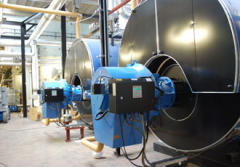
As the government makes moves to open businesses and get the country’s workforce off of furlough and back into the work environment, there are many companies for whom the rest of the year - and beyond - will be an uphill struggle. In this article, Energy Technology and Control’s industrial burner control experts advise readers of Electronic Specifier about ways in which businesses can try to save money and stay afloat.
There are currently numerous grants and loans available to help businesses through this tricky period. By investing into the business and improving efficiency, the business can reap the rewards in the upcoming tough months.
Where to invest?
Depending on your boiler set-up there will be numerous areas which could allow businesses to achieve significant energy savings and substantially reduce outgoings. From reviewing electronic controls, utilising oxygen trim and reviewing air damper performance to investing in inverters and looking into a plant master system, there are many ways in which set-up efficiency can be improved.
Our industrial burner control experts have suggested a number of ways that investing in your business’ electronic burner controls can reduce your energy bills in the coming months.
Linkageless burners
A linkageless burner is one with individual stepper motors for each fuel and air function. Linkageless systems have many advantages, while mechanical linkages can have limitations.
Regardless of the linkage quality, there will always be some hysteresis - or 'drift' - as a result of play in each connection point. Generally, hysteresis increases with the number of connection points and increased hysteresis compromises efficiency.
For example, if a burner is capable of operating at 3% oxygen at a given firing rate, but has multiple connection points from the modulating motor to the fuel - or air - control devices, it is unlikely that these control devices will return to the same position when driven up as they do when driven down. For this reason, an O2 level generally has to be set higher to compensate for this effect. This reduces combustion efficiency and increases fuel costs.
Linkageless burners have no backlash. Therefore on a frequently modulating burner, energy savings of up to one percent are common!
Increased turndown
Boiler turndown ratio is the ratio of maximum heat output to the minimum level of heat output at which the boiler will operate efficiently or controllably. Boilers are often designed to operate at a variety of output levels. When the desired temperature/pressure point is approached, the heat source is progressively reduced. Conversely if pressure/temperature falls, the heat source is progressively turned up.
If the application requires a boiler to operate at a low proportion of its maximum output, a high turndown ratio is required. On the contrary in applications where the operational conditions are not expected to vary significantly (for example, a large power plant), a low turndown ratio will be sufficient.
If the power plant is only working at a small fraction of its maximum and the turndown ratio is too low, the burner will still need to be shut off when the desired pressure/temperature is achieved. This leads to a rapid reduction in temperature/pressure, requiring the boiler to restart. This is detrimental, as flue gases are purged during both the shut-down and start-up phases, leading to energy losses and inefficiency. Plus, typical start-up times for boilers are in the order of 1-2 minutes, leading to an inability to respond to sudden load demands.
On an electronic burner control, the low fire point can be set lower than the ignition point, this means that the turn-down ratio can be increased. As a result burner on/off cycles and their associated cold air purges also can be reduced, resulting in energy savings.
While savings will vary with boiler utilisation, savings of 5% have been reported on a burner that prior to conversion had an on/off frequency of approximately once every 10 minutes.
PID control
If a plant does not run continuously, then the second internal PID modulation circuit - which electronic fuel:air ratio controls have - can be used to switch the boiler to a lower steam pressure or hot water temperature during periods of reduced activity.
Using a second boiler set point can provide energy savings of approximately 10% per annum.
Fan speed control
When utilising mechanical cam control and basic electronic fuel:air ratio controls, burner engineers may at times sacrifice combustion efficiency at low fire to achieve an improvement in burner turn-down. Air dampers can leak and even when fully closed the air flow can be substantial. Engineers can work to reduce the fuel valve setting but cannot reduce the air to match, but combustion efficiency can be improved at low fire, if the fan speed is reduced.
Fan speed control is a straightforward add-on option on some electronic burner controls. By including fan speed control, burner turn-down can be increased without conceding efficiency, and additional fuel savings can be realised.
The benefits of variable speed control continue, because when an inverter is used to slow the speed of an AC electric motor for example, electrical energy savings result. When a fan motor is slowed to 25Hz - half speed - an 80% electrical energy saving is achieved.
Oxygen trim
Oxygen trim is a closed loop system available as an option on some electronic fuel:air ratio controls. Oxygen trim refers to a system of monitors used to maintain excess air at the preferred level in a combustion device.
When oxygen trim is included the oxygen levels can be set at their optimum level. In addition, if the trim control is adaptive then it will contribute energy savings of approximately 2-3%.
Boiler sequencing and communication software
Modern electronic fuel: air ratio controls incorporate boiler sequencing and communications software.
A boiler sequencing system helps to guarantee that boilers are fired in a controlled manner, providing cost savings by preventing individual boilers from over firing and cycling on and off unnecessarily.
Communications software offers vastly improved information gathering and boiler operation data.
Plant Master
The ETC6075 Touchscreen HMI has an innovative ‘Plant Master’ mode which utilises the Ethernet to connect up to 10 ETC6000 series controllers to the user interface, making it easier than ever before to analyse numerous boiler results.
The Plant Master operating mode allows engineers to view all of the boilers as one all-encompassing system providing valuable input into the steam generation process. By viewing the set-up as a whole, it is possible to draw wider conclusions on where there is room for improvement.
Next steps
There has never been a better time to review your industrial burner control strategy. Energy savings due to improved efficiency can be achieved, allowing businesses to reduce outgoings and save money in these uncertain times.
If you would like to discuss how our electronic burner controls could help your business emerge stronger from the COVID-19 pandemic please do get in touch with Energy Technology Control by calling 01273 480667 or visit their website here.
Similar articles
More from Energy Technology & Control
- Invest now and save! 11th September 2020

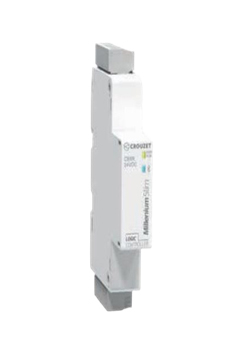
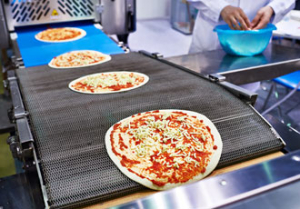
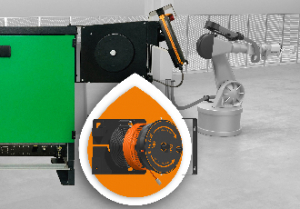
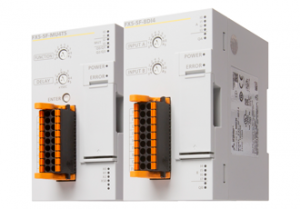







Write a comment
No comments